Uncategorized
Rope Rescue Gear and Equipment
Rope rescue is impossible without the rope itself, as it ensures safety for a technician when working at height. Still, it needs rescue gear to go with it. Harnesses, pulleys, ascenders, rescue carabiners, and other devices are your number one helpers, so it’s time to get to know them all.
What Gear Is There?
Rescue work needs lots of equipment that is crucially important for a professional. Although one may choose different brands, types of gear, and equipment models, generally speaking there are a few components that are always required.
Ropes
These are one of the milestones of rope rescue. Nowadays, nylon and polyester ropes are proven to be the most reliable and practical. Different types of ropes have different combinations of core and sheath materials and technologies. Of course, they can be dynamic, low stretch or static; dynamic ropes stretch willingly to absorb the shock from falling, while low stretch and static ropes are more rigid and fit rescue operations well.
Pulleys
These devices serve to produce mechanical advantage and change the direction of the rope’s force. This useful machine works like a lever of different classes, thus giving you a mechanical advantage. If needed, you can build mechanical advantage systems using pulleys, ratchets, anchors, rope, and various connectors.
Harnesses
A harness is a link that connects a person to the safety, retrieval or rescue system. According to the NFPA, there are three categories of harnesses that contain different elements. All of them include, but are not limited to, straps, D-rings, or fastenings around the waist, thighs, and/or shoulders.
Helmets
A helmet is a critical piece of rescue gear. It shouldn’t be bulky or cause discomfort, plus it has to have excellent ventilation and full coverage protection to ensure ultimate safety of a rope rescue technician.
Gloves
Proper rescue gloves provide easy movement and protect fingers and the palm of a rope professional. Leather is by far the most practical and convenient material that is lightweight and easy to remove in need, so the best gloves on the market tend to be from that material.
Ascenders
As the name suggests, we use these devices to ascend a fixed tope. This mechanical tool can also be used as a safety cam in a complex rescue system.
Connectors
Connectors are vital elements of any rope based system. They are used to connect different components, such as hurnesses or lanyards. Connectors are often used as anchor points and they usually work along the major axis. They can have screw or automatic locks, thus they should be chosen carefully depending on many factors. A Carabiner is a specific type of a connector that is a metal link used to join gear. Tri-links might be an alternative to carabiners, and are often chosen when there’s a need for three-way loading.
Litter (Rescue Basket)
This is a specific type of rescue stretcher used for carrying an injured person. In most cases, it can accommodate an adult and is used in spaces where there are obstacles to movement. A litter usually has straps that hold the person in the basket, thus making the evacuation process safer.
What Companies Make Rope Rescue Gear?
Rope rescue gear is multifaceted. Each detail of the gear should be immaculate for the safety of the professional. Thus, different companies specialize in various spheres of rope rescue gear, and none of them is like others. While corporations like SMC focus on carabiners and all things metal, Beal and PMI produce various kinds of ropes and soft goods to fit every professional.
SMC (Seattle Manufacturing Corporation)
With the motto “Quality Gear for Life,” SMC is one of the most trusted rescue brands. Their journey started with carabiners and pulleys, and later expanded to include many kinds of hardware such as TerrAdaptor Portable Anchor System, which was a collaboration of SMC, Skedco, and PMI.
BEAL
This company is a family enterprise that specializes in security and climbing ropes. BEAL is one of the world’s leading manufacturers of rope, as it utilizes cutting-edge technical solutions. They are known to produce an impressive 16 million feet of rope every year. Still, their production isn’t limited to rope only, as they also make harnesses, helmets, and other gear that all meet the highest standards of quality.
Cascade Rescue
Cascade is a rescue equipment manufacturer whose mission is to protect professionals that save others’ lives. The company started in 1962 with rescue toboggans for ski patrollers, and now Cascade Rescue boasts over 150 kinds of products for the rescue industry. Their primary focus is on rescue litters, stretchers, wheels, toboggans, sled loaders, and more.
CT (Climbing Technology)
The professional line of CT includes multiple solutions for work at heights, such as lanyards, energy absorbers, pulleys, descenders, connectors, and rescue systems. CT has more than 35 years of experience in its field and is famous internationally. The company constantly applies modern production technology to its products for any kinds of vertical disciplines, including rescue.
Harken Industrial
Harken Industrial is an outgrowth of a sailing brand, and deals with industrial equipment that serves in the harshest conditions. Their gear is low friction, lightweight and durable. Harken Industrial gear provides maximum agility for a team. They are known especiallyfor their PowerSeat Ascenders and LokHead winch kits, power haulers, rigging winches, and foot ascenders.
Skedco
Skedco rescue gear is highly regarded by professionals, and for good reason. Their rescue stretchers are original and made to withstand any damage or harsh conditions. Apart from making their items, Skedco often collaborates with other agencies and companies. One of the notable results of their work is the TerrAdaptor Portable Anchor System, which they produced together with SMC and PMI.
Rope Rescue Gear Technologies
When it comes to rope rescue gear, innovative technologies play a key role in ensuring the safety of a professional. Today, there exist many cutting-edge technologies that ensure safe work in all kinds of spaces. They let professionals concentrate on the rescue process instead of worrying about the gear. Let’s take a look at some of the breakthrough technologies in the industry today.
Technora fibers
Ropes made from Technora fibers are resistant to chemicals and heat and typically boast long-term dimensional stability. Technora is a specific brand of Aramid fiber. Aramids are considered to be extremely high-performance fibers because the polymers that they contain have relatively rigid chains of polymers. They are linked by strong hydrogen bonds and thus can transfer mechanical stress exceptionally well with relatively low molecular weight.
Technora is an aramid fiber that is widely used for braided ropes. It is of the same family as Vectran, Twaron, and Kevlar. It was developed by Teijin, a Dutch company, and possesses improved fatigue resistance and strength, which is higher than that of Kevlar. Technora has unique properties, for example, its co-polymers are eight times as strong as steel, according to the producers.
Kernmantle
Kernmantle rope consists of twisted fibers that form the core (kern), which is surrounded by a tightly braided sheath, also called the mantle. Kernmantle rope typically features 40carrier, 48carrier, or 32carrier sheath construction that can protect the core from damage. This construction is widely used for both static and dynamic ropes.
The core of a kernmantle rope is made from bundles of fiber that are twisted to varying degrees, depending on rope type. It is protected by a durable woven exterior sheath. This construction allows optimizing durability, flexibility, and strength of the rope, thus making it one of the best choices for rescue operations. The sheath protects the core from any abrasion, while the core fibers provide the tensile strength of the rope.
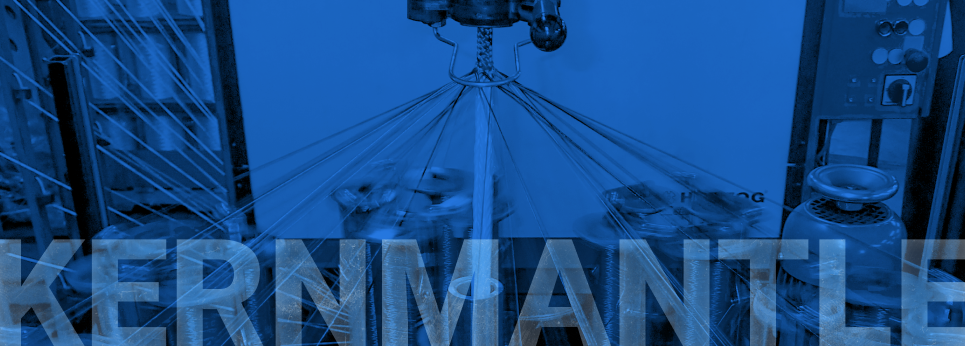
Unicore
Unicore is another famous technology within the rescue rope industry. This is the method of bonding rope sheath and core that doesn’t affect the rope suppleness. The standard rope makes it hard to escape if the sheath has been torn or cut, while in Unicore, the sheath doesn’t slide down the core when the rope is damaged.
Also, Unicore technology prevents sheath slippage due to its unique bonding. It allows temporary cutting if needed, as its ends won’t melt and the sheath won’t be fraying even if cut with a knife. In water, Unicore rope has reduced shrinkage by more than 50% compared with the rope.
16-carrier sheath
The 16-carrier design provides the ultimate longevity for a rope. It is made of larger bundles, so it wears through very slowly and often features a static rope design. The term “16-carrier”
refers to the number of bundles of yarn that create the sheath. Its main advantage is the supreme durability and toughness of the rope. Such a rope provides a fine balance between tension, number of carriers, yarn denier, and the amount of yarn in the construction.
32-carrier sheath
32-carrier sheath has the perfect balance between smoothness and thickness, and its tension helps the rope to stay round at all times. It isn’t lumpy unlike some other constructions, and it can protect the core from particle absorption and grit.
32-carrier sheath can also generate friction and grab for lowering or rappelling. It has loosely twisted fibers that make the rope both firm and flexible. Along with 40-carrier and 48-carrier sheath, 32carrier sheath ensures optimal durability, strength, and flexibility of a kernmantle rope.
40-carrier sheath
The 40-carrier sheath construction makes durable, great-handling, high tensile strength ropes. While a 40-carrier sheath rope has less material in the sheath, this leaves more room for core – usually resulting in relatively high tensile strengths. This rope is genearlly quite flexible while still maintaining good durability.
Nylon 6.6
Most ropes are made of Type 6 Nylon. Many PMI ropes utilize Type 6.6 Nylon for the better performance it offers. Nylon 6.6 has a broad use in the automotive industry, machine parts, and even weapons. This material is a type of polyamide with excellent abrasion resistance and a higher than average melting point. Nylon 6.6 is also used in PMI life safety rope due to its rigidity, mechanical strength, stability, and chemical resistance.
Notably, nylon 6.6 is less moisture sensitive and has less shrinkage in steam, as well as a great resistance to photodegradation. Its melting point is 268 degrees Celsius and it’s very stable, waterproof, and less susceptible to fading. As a result, professionals choose it in cases when maximum durability and heat resistance is needed.

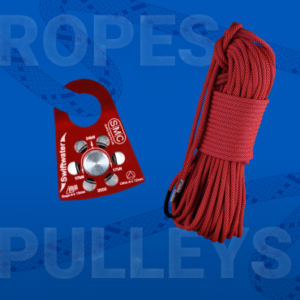
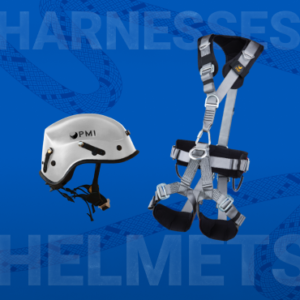
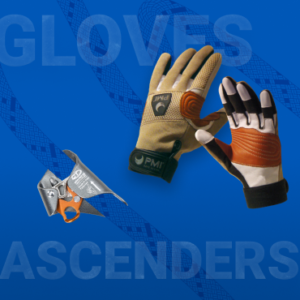
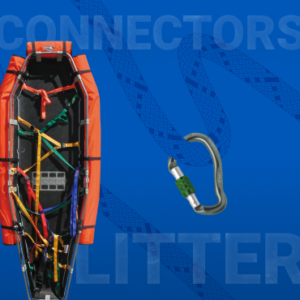

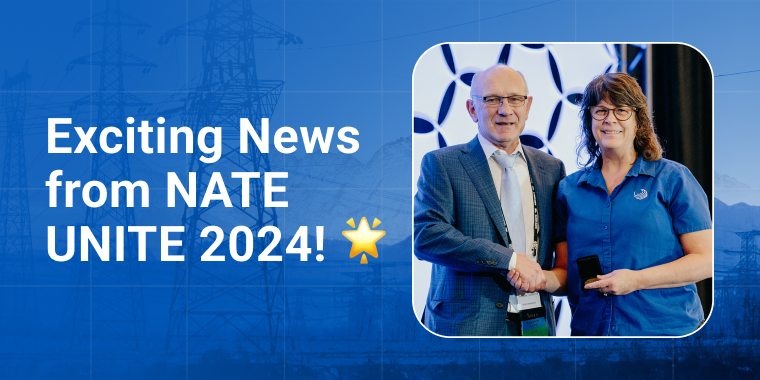


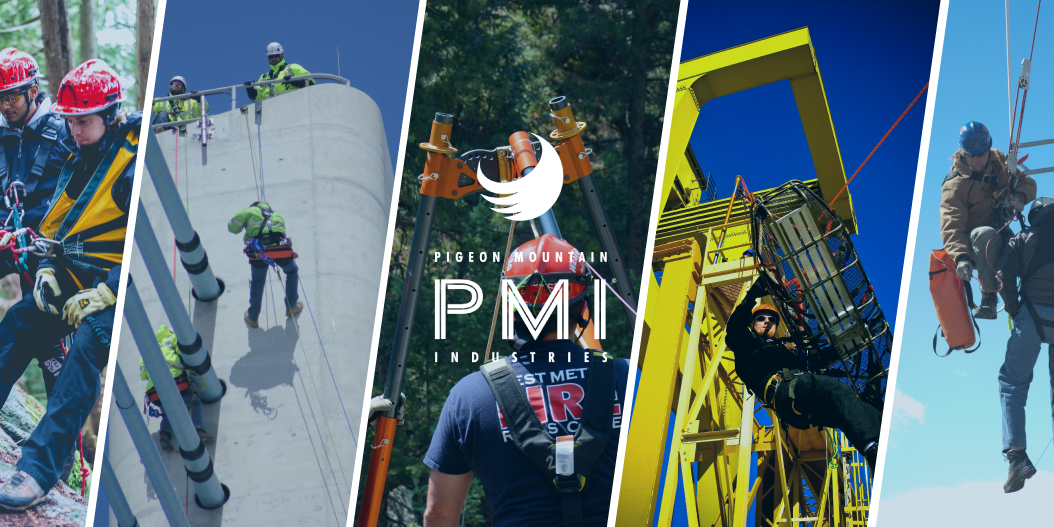
0 comment